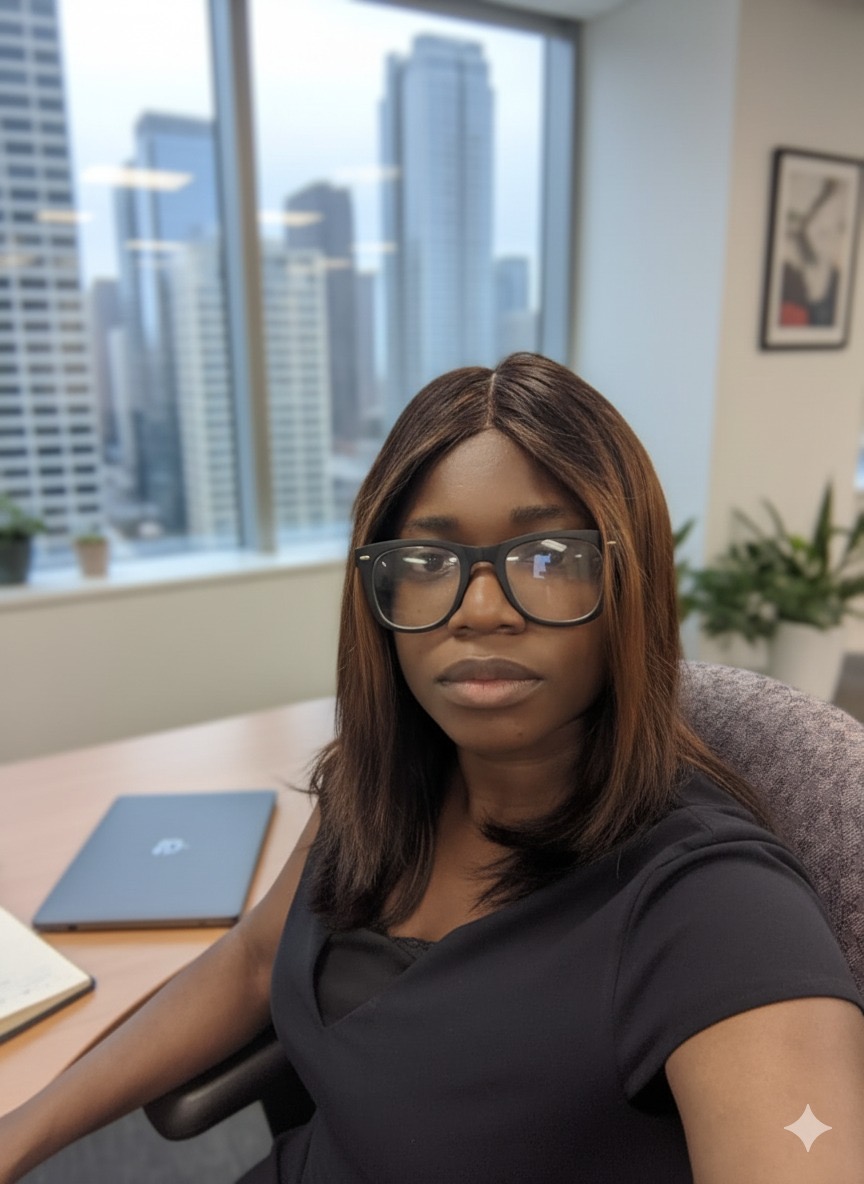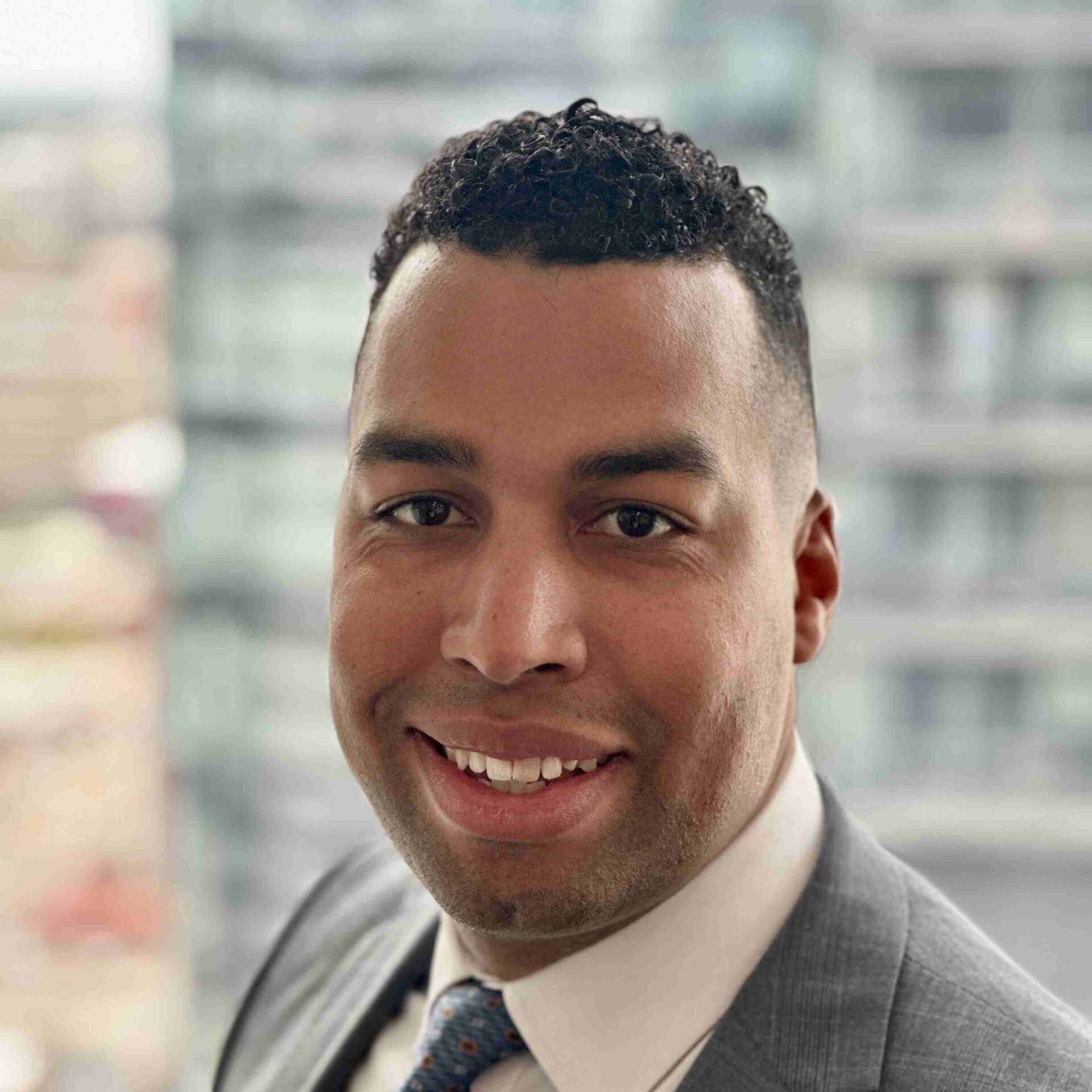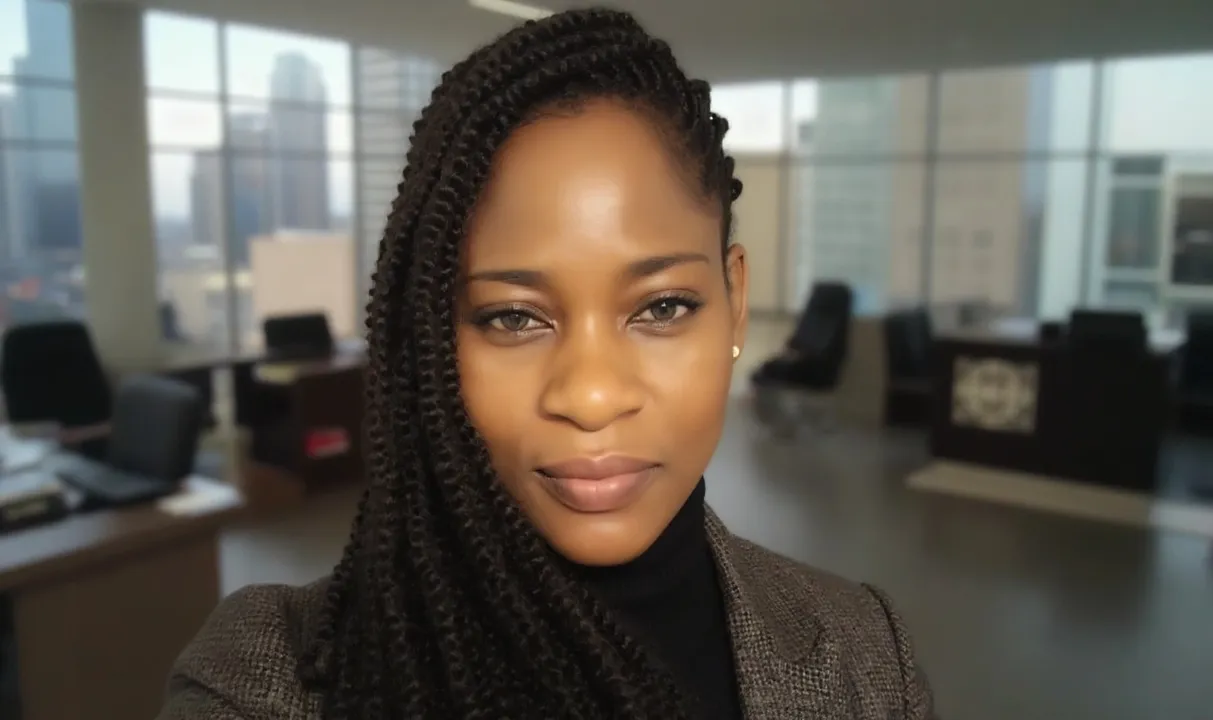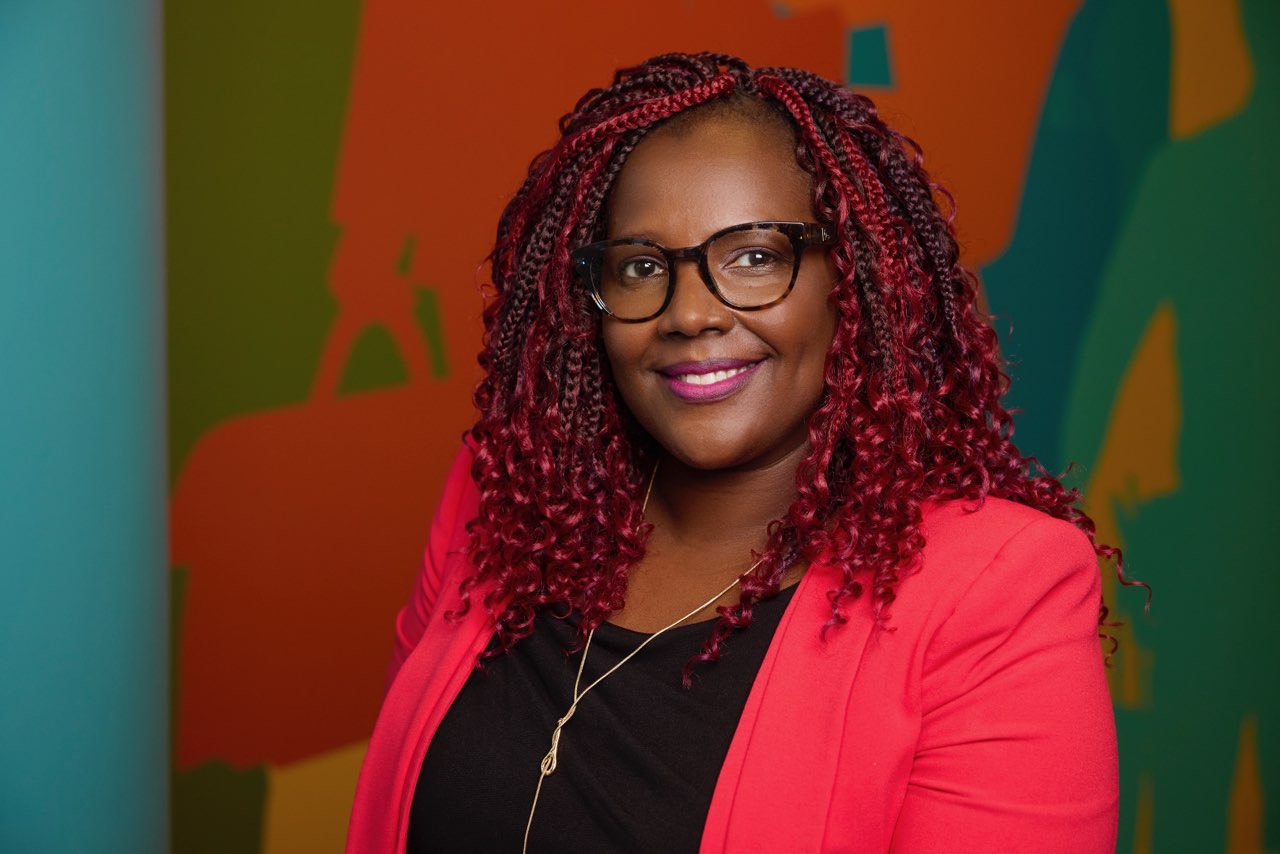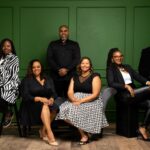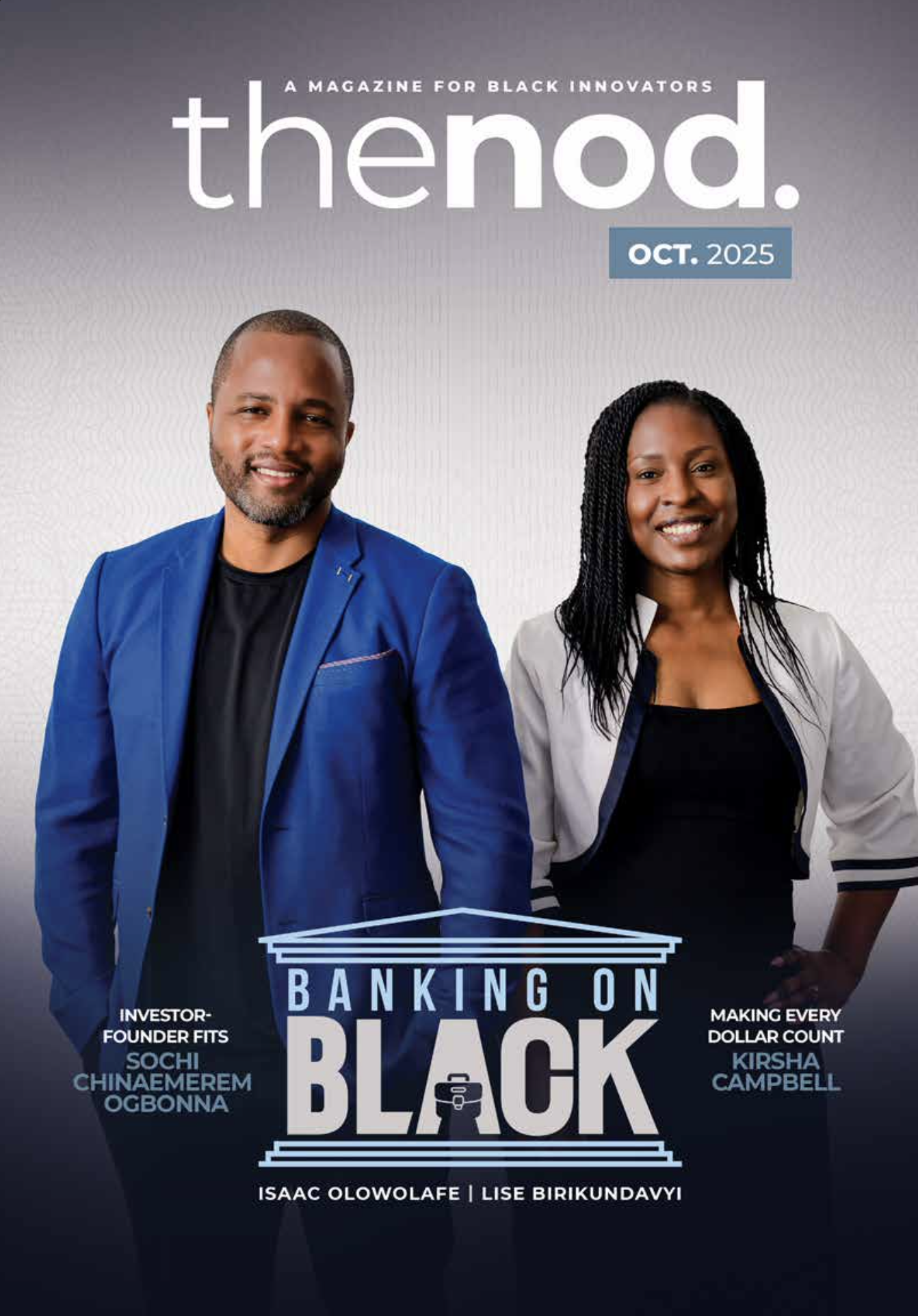Sometimes the best way to understand equity in hiring is to hear it from someone who lives it every day. Angelah doesn’t only talk about opportunities, she helps create them. As a leader at Manpower, she’s seen how the right approach to hiring can change not just workplaces, but whole communities.
In this interview, Angelah opens up about why career development has to be intentional, how to move beyond “checkbox DEI,” and what it really takes to build a culture where everyone has a fair shot.
Angelah, you often emphasize intentionality when it comes to equity. Why is intentional career development so important?
I believe in meeting people where they are. That means engaging with my team to understand their aspirations and co-creating personalized development plans. Whether it’s through microcredentials, microlearning, or mentorship, we must close skill gaps with accessible, relevant opportunities that empower people to grow.
In your view, what’s the difference between hiring for diversity and hiring with equity in mind?
There’s a quote I often come back to: “Diversity is being invited to the party, inclusion is being asked to dance, and equity is being taught the dance.” Representation alone isn’t enough. If we’re not creating meaningful access and participation, we’re not doing the real work.
Hiring for diversity often becomes a numbers game focused on outcomes rather than systems. While representation is important, it can slip into tokenism: reactively addressing disparities without confronting the barriers that prevent access in the first place.
Hiring with equity in mind is different. It’s intentional, proactive, and fair from the start. I often describe it as “raising all ships in the harbor.” It means designing recruitment and selection processes that remove barriers before they show up. That includes reviewing job descriptions for inclusive language, expanding outreach beyond the usual networks, and using structured interviews to reduce bias.
Can you share some ways Manpower has put equity at the center of its workforce development and hiring practices?
At Manpower, equity is embedded in the very core of our programs. We design targeted initiatives to upskill individuals from underserved communities, giving them the tools, confidence, and support to compete on a level playing field.
An example is our collaboration with the African Canadian Entrepreneurs Association (ACANEA), where we host job fairs. These partnerships create meaningful connections between job seekers, aspiring entrepreneurs, financial institutions, and workforce development stakeholders.
The goal is to navigate complexities like securing bank loans, understanding employment trends, and accessing staffing services. Whether guiding someone through job training or exploring entrepreneurial ventures, our aim is to remove barriers and create sustainable pathways.
What does equity-centered hiring look like in practice, both during the interview process and after someone joins the team?
In interviews, I turn the process into a conversation. I ask consistent questions across all candidates and bring in multiple interviewers to ensure fair evaluation based on potential, not just credentials.
Equity-centered hiring is about building systems where everyone has a fair chance of succeeding. Equally important is supporting talent after they get through the door.
How can organizations avoid “checkbox DEI” and instead build long-term strategies that are sustainable and embedded in company culture?
Inclusion can’t be a checkbox. Too often, organizations treat DEI as a one-time initiative or a response to external pressure. Real, sustainable inclusion requires a cultural shift rooted in leadership, accountability, and shared responsibility.
DEI must be embedded into the DNA of an organization, starting at the top. Leaders set the tone through actions, not just words. This modeling is critical for retention. People need to see leaders listening and acting with intention, empathy, and consistency.
I’ll never forget a mentor reaching out to me after Black History Month. That simple check-in reminded me that inclusion isn’t performative; it’s sustained care, curiosity, and connection year-round. At the end of the day, creating workplaces where everyone feels they belong is a journey, not a checklist.
What role does leadership accountability play in ensuring inclusive hiring doesn’t stop at recruitment, but extends to retention and advancement?
Inclusion doesn’t end at recruitment; it begins there. And as a leader, I believe that accountability is what ensures inclusive hiring becomes a sustained commitment, not just a moment of good intention.
We should be assessing leaders not only on how well they attract diverse talent, but on how they support development, foster psychological safety, and actively dismantle systemic barriers to advancement. That’s how we shift the conversation from hiring to retention and progression.
Inclusion is not a checklist. It’s a culture. And that culture is built through everyday actions, reinforced by accountability, and sustained by leadership that understands equity is essential not just to people, but to the long-term success of the organization.
Can you share an example of a hiring initiative or program that significantly improved equitable access to meaningful employment?
I’ve always believed that meaningful employment at Manpower should be accessible to everyone regardless of background, lived experience, or circumstance. One of the most impactful ways we’ve advanced that belief is through our Workforce Development Programs.
These programs are designed with equity at the center. We eliminate barriers like lack of experience or limited access to training by offering government-funded, no-cost, hands-on upskilling and reskilling opportunities in high-demand industries.
But we know that skills alone aren’t enough. Career success is also shaped by mentorship, community, and connection. That’s why we partner with organizations like CRIEC, WTAL, and post-secondary institutions to provide training and culturally responsive mentorship. These efforts create real, lasting change.
How can data and feedback loops be used to refine and strengthen inclusive hiring practices over time?
Inclusion shouldn’t be seen as a one-time achievement. It is a continuous process of learning, adapting, and evolving. Data gives us visibility. By tracking who applies, who advances, and who gets hired, we can identify where underrepresented candidates are being left behind. But data alone isn’t enough. Feedback brings human context.
At Manpower, we don’t just talk about inclusion, we measure it, reflect on it, and act on it. We regularly review equity-related KPIs and use feedback from both candidates and employees to refine our hiring practices. This iterative approach: measure, listen, adapt, ensures that inclusive hiring becomes a living, breathing part of our culture.
Finally, what’s one mindset shift you believe Black leaders need to embrace to lead boldly in building workplaces where equity is the norm, not the exception?
If there’s one mindset I believe Black leaders must embrace, it’s this: lead unapologetically.
Bring your full, beautiful self to the table. These aren’t limitations; they’re leadership assets. Equity work is visible. And yes, sometimes it’s messy and uncomfortable. But that’s exactly why it demands courageous leadership.





